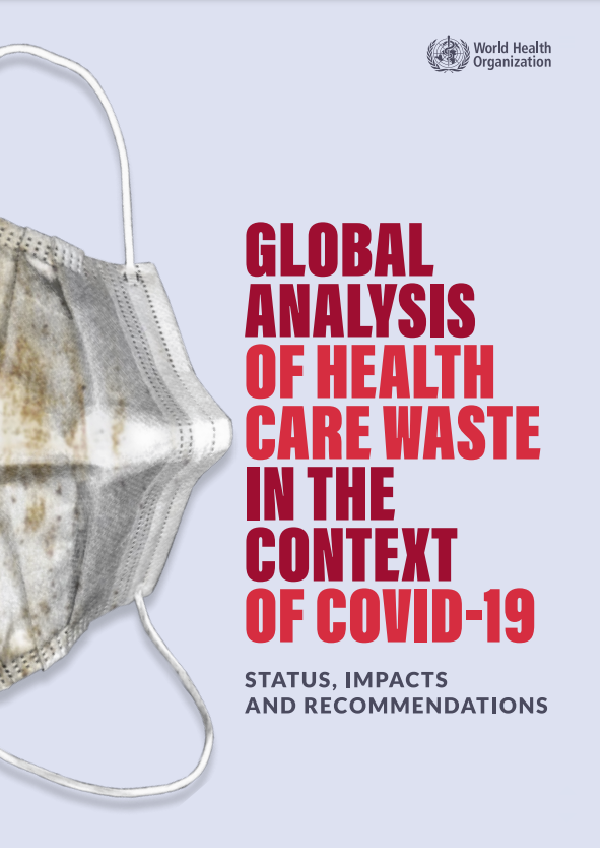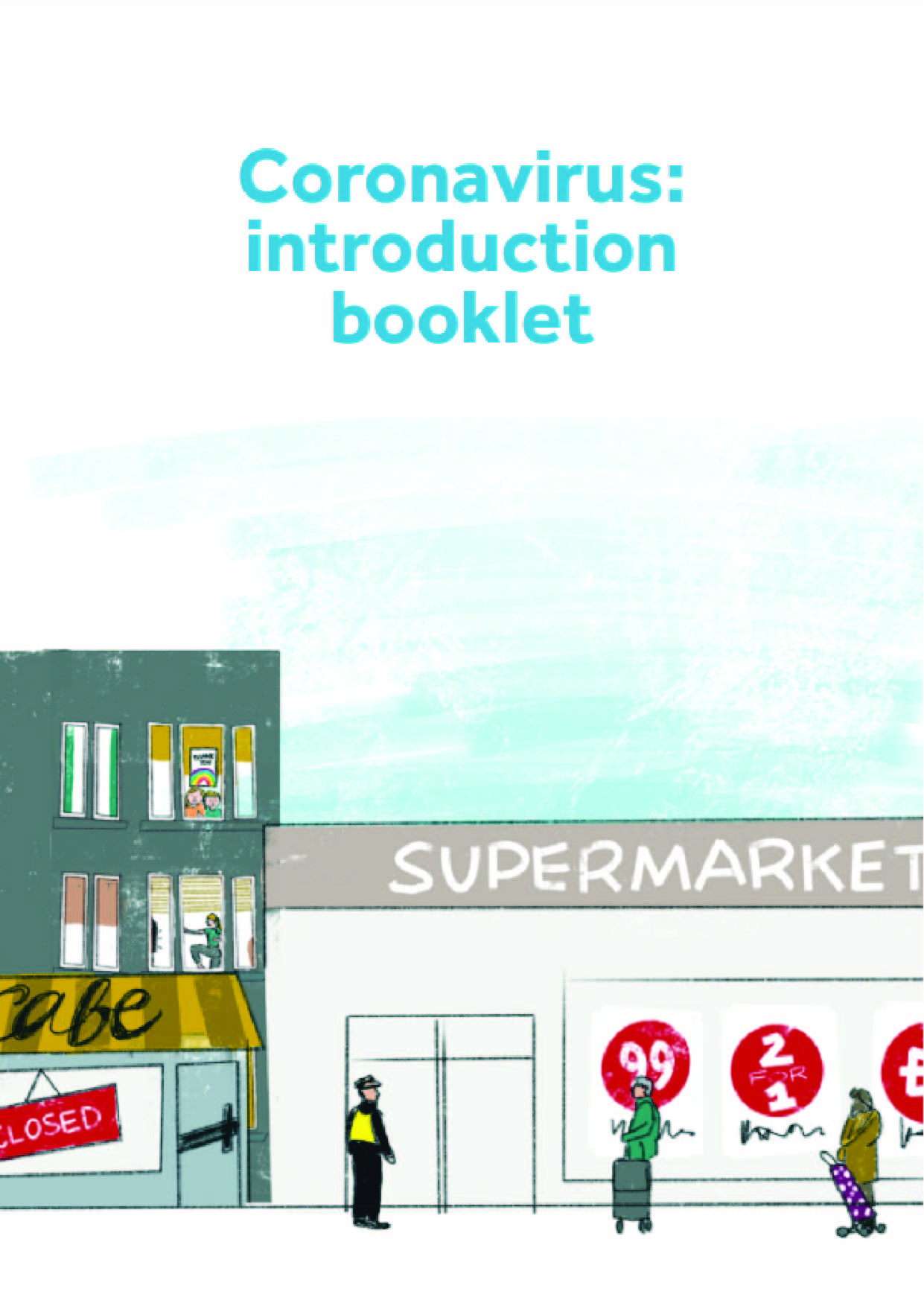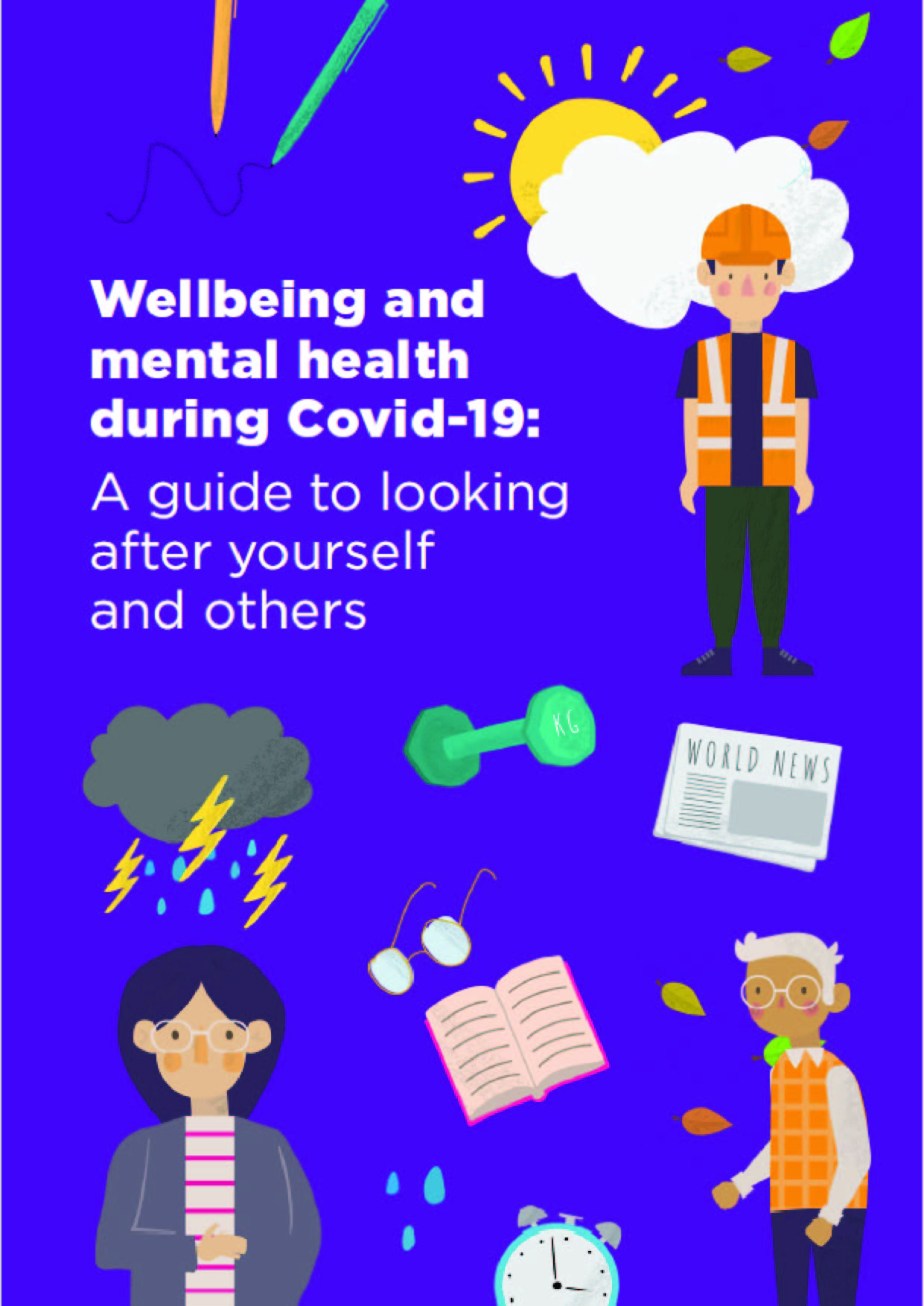Globally, safe waste management services for healthcare waste are lacking, especially in least developed countries. The latest available data (from 2019) indicate that 1 in 3 healthcare facilities globally do not safely manage healthcare waste. The COVID-19 pandemic has led to large increases in healthcare waste, straining under resourced healthcare facilities and exacerbating environmental impacts from solid waste. This report quantifies the additional COVID-19 healthcare waste generated, describes current healthcare waste management systems and their deficiencies, and summarizes emerging best practices and solutions to reduce the impact of waste on human and environmental health. The recommendations included in the report build on actions in the WHO manifesto for a healthy recovery from COVID-19: prescriptions and actionables for a healthy and green recovery. They target the global, national and facility levels to promote a “win–win” scenario for COVID-19 PPE use, testing and vaccinations that are safe and support environmental sustainability.
Healthcare waste volumes generated from personal protective equipment (PPE), COVID-19 testing and vaccinations from March 2020 to November 2021 are based on data from the United Nations (UN) COVID-19 Supply Portal which represents a small fraction of global procurement. The analysis does not consider the substantially larger amounts of COVID-19 commodities that have been procured outside the UN system, nor COVID-19-related waste generated by the public, including use of medical masks.
Scalable and environmentally sustainable solutions exist and are drawn, in part, from country case studies. Case studies are drawn from Colombia, the United Kingdom, Ghana, India, Lao People’s Democratic Republic, Liberia, Madagascar, Malawi, Nepal and the Philippines. These include the manufacture and use of safe, reusable PPE items; reduced and more sustainable packaging; centralized treatment and use of non-burn waste treatment technologies; and local production and justin-time shipments. Final recommendations include strengthening coordination, monitoring, training and behaviour change, and investments, and building on actions in the WHO manifesto for a healthy recovery from COVID-19 (1), as well as a recent report by the International Finance Corporation Global PPE Platform (World Bank Group) on innovation in manufacturing PPE (2). They target the global, national and facility levels to promote a “win–win” scenario for keeping healthcare workers and health users safe while also supporting environmental sustainability.
Background
In March 2020, as the COVID-19 pandemic accelerated, the World Health Organization (WHO) warned that severe and mounting disruptions to the global supply of personal protective equipment (PPE) caused by rising demand, panic buying, hoarding and misuse posed a large risk to healthcare workers, patients and communities. Early in the pandemic, healthcare workers were at greater risk of COVID-19 than the general public, in part because of a lack of PPE supplies, limited training in infection prevention and control, inadequate access to basics such as water and soap for hand hygiene and cleaning, and inadequate sanitation.1 It is estimated that at least 115 000 healthcare workers have died of COVID-19.
The immediate focus of global efforts was to increase availability of PPE. This included establishing a global supply portal, involving seven major United Nations (UN) partners that coordinated PPE donations and shipments according to country needs. In addition, the coalition of global partners aimed to increase PPE production by signalling predicted global needs to manufacturers. As the UN and its Member States grappled with the immediate task of securing supplies and assuring their quality, less attention and resources were devoted to the safe management of COVID-19-related healthcare waste. This was despite the evidence that the majority of healthcare facilities in low- and middle-income countries lacked the capacity to manage existing waste loads, let alone increases in waste volumes. Poor waste management has the potential to affect healthcare workers through needlestick injuries, burns and exposure to pathogenic microorganisms. It may also affect communities living in proximity to poorly managed landfills and waste disposal sites, through contaminated air, poor water quality or disease-carrying pests.
Meanwhile, the environment and climate crisis continues to accelerate. There is growing appreciation that healthcare investments must consider environmental and climate implications, including implications for how PPE is procured, used, managed and treated. The impacts of poor waste management and climate change are felt especially in impoverished communities that lack safely managed, resilient water and sanitation supplies, and have poor-quality health care. Furthermore, since the start of the COVID-19 pandemic, plastic production has more than doubled, raising concerns about both the short-term impacts on fresh water, oceans and air quality (from burning), and the longer-term impacts of persistent nano-plastic particles.
This report outlines what is known about the current situation in relation to PPE in the context of the COVID-19 pandemic, highlights innovative solutions and lessons identified, and sets out recommendations for integrating better, safer and more environmentally sustainable waste practices into the current COVID-19 response and future pandemic preparedness efforts.











